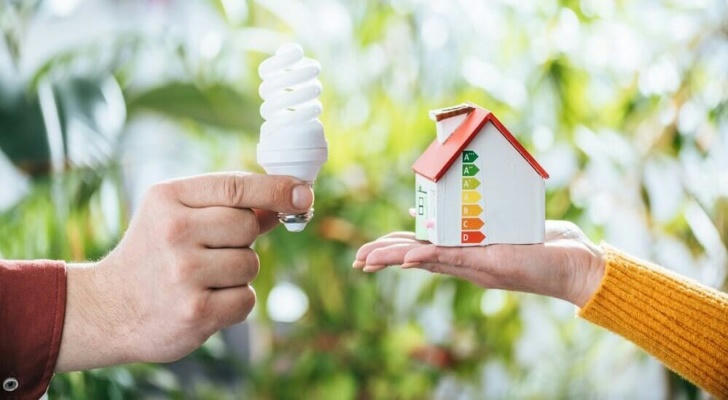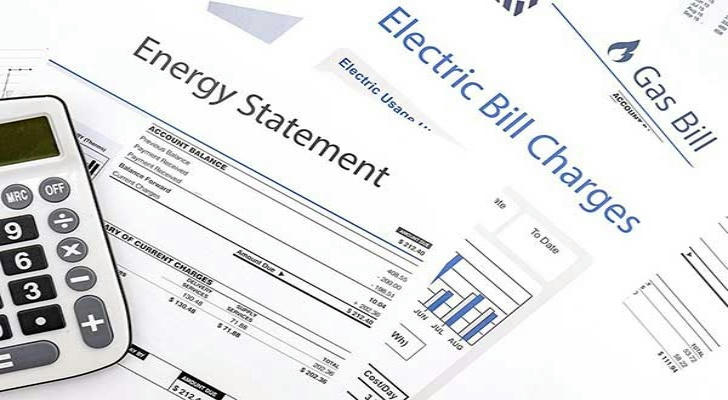The Monthly Bill Tamer: Tips to Reduce Utility Costs
In the United States, utility bills—especially for electricity and water—are a significant part of household expenses. Whether in urban apartments or suburban houses, rising energy prices and increasing climate instability have made monthly bills harder to predict. Many families are now seeking practical, sustainable ways to reduce expenses without sacrificing quality of life.
This article offers in-depth strategies across several areas—from choosing efficient appliances and adjusting daily habits, to optimizing building structure and tapping into local resources. A real-life case study at the end demonstrates how these techniques can create meaningful change.

1. Saving Electricity: Making Every Kilowatt Count
1.1 Upgrade to Energy-Efficient Appliances
Old household appliances are often energy hogs—especially refrigerators, air conditioners, washing machines, and dryers. Many families still use appliances over a decade old, which are significantly less efficient than modern versions. The U.S. Department of Energy recommends prioritizing the replacement of outdated, high-consumption appliances with Energy Star-certified products.
Though the upfront cost may be higher, efficient appliances often pay for themselves through energy savings within 1–3 years. For example, an energy-efficient dishwasher can reduce electricity use by over 30% per cycle and also cut down on water use.
1.2 Cut Standby Power
Even when turned off, devices like TVs, audio systems, and coffee machines continue to consume electricity—often referred to as "phantom" or "standby" power. Studies show the average U.S. household wastes more than $100 annually due to standby consumption.
To reduce this:
• Use power strips with switches to turn off devices overnight
• Install smart plugs with timers or remote controls
• Disconnect idle Wi-Fi-connected devices
1.3 Optimize Lighting Systems
Replacing incandescent or halogen bulbs with LED lights is one of the simplest and most cost-effective energy-saving steps. LED bulbs are long-lasting, low-energy, and ideal for frequently used areas like kitchens, living rooms, and hallways. Consider motion-sensor lighting or dimmable systems for further optimization.
2. Managing Water Use: Saving Water Also Saves Electricity
2.1 Install Water-Efficient Fixtures
Low-flow toilets use only 1.28 gallons per flush, compared to older models that use up to 5 gallons—saving more than 75% per use. Low-flow showerheads and aerated faucets reduce water usage without compromising pressure, especially in high-use areas like bathrooms and kitchens.
2.2 Adjust Hot Water Usage
Heating water is one of the largest energy expenses in a household. Here’s how to lower this cost:
• Set the water heater to 120°F (about 49°C)
• Wrap the heater with an insulating blanket to reduce heat loss
• Use cold water wash cycles for laundry, which works well for 90% of clothing
2.3 Check for Leaks
Leaks not only increase water bills but also pose risks like mold growth and electrical issues. Regularly inspect kitchens, bathrooms, and basements for water stains, dripping sounds, or unexplained meter spikes.
3. Home Optimization: The Building Itself Can Save Energy
3.1 Improve Insulation
Heating and cooling account for a major portion of utility bills. Poor insulation leads to rapid energy loss. Consider these upgrades:
• Install double- or triple-pane insulated windows
• Seal gaps around windows and doors with weatherstripping
• Add insulation to attics and basements to reduce energy transfer
3.2 Use Curtains and Shading Tools
During summer, block direct sunlight with shades, blinds, or outdoor vegetation to reduce indoor temperatures. In winter, thick curtains help retain indoor heat overnight.
3.3 Explore Solar Energy Options
Many states offer incentives for solar energy installations. Even without installing a full solar system, consider solar water heaters or portable solar panels to reduce dependence on electricity.

4. Build Everyday Energy-Saving Habits
Energy efficiency goes beyond appliances—it’s about daily behaviors.
Practical habits include:
• Combine laundry loads to reduce the number of wash cycles
• Run dishwashers only when full, using the “eco-dry” setting
• Keep refrigerators reasonably stocked to maintain proper airflow
• Close windows and doors when not using heating or AC to retain indoor temperatures
• Clean air conditioner filters regularly for better cooling performance
Take Advantage of Time-of-Use Rates
In many areas, electricity costs less during off-peak hours (like late night or early morning). Running appliances during these times can lead to noticeable savings.
5. Use Local Programs and Government Resources
Many U.S. local governments and utility companies offer incentives for energy-saving improvements:
• Free Home Energy Assessments
Some providers offer in-home assessments to identify energy inefficiencies.
• Energy Efficiency Rebates
Replacing HVAC systems, water heaters, and smart thermostats may qualify for rebates ranging from $100 to $1,500.
• Free Energy-Saving Products
Some communities distribute free LED bulbs, smart plugs, or faucet aerators to residents.
Check local energy providers’ websites or contact customer service to find out what programs are available in your area.
6. Real-Life Case Study: Mike’s Family Cuts Costs
Background:
Mike and his family live in Austin, Texas—a family of four in a 2,200-square-foot home. In the summer of 2023, they found their monthly electricity bill reaching $320, and water costs climbing due to garden irrigation and long showers by the children.
Actions Taken:
• Replaced a 13-year-old air conditioning system with a high-efficiency inverter model
• Installed a smart thermostat to automate temperature control
• Swapped old toilets for dual-flush models and replaced showerheads with low-flow types
• Turned off all power strips each night to eliminate standby power
• Did laundry and used the dishwasher during off-peak hours
• Encouraged their children to limit showers to under 5 minutes
Results After 6 Months:
• Electricity bills dropped by an average of 26%, from $320 to around $235/month
• Water bills decreased by 18%, especially during summer
• The whole family became more engaged in sustainability without reducing comfort
Mike commented:
“We didn’t sacrifice comfort at all. Just made a few small changes. Seeing our bills go down each month made it feel completely worth it.”

7. Final Thoughts
Cutting utility costs doesn't mean lowering your quality of life. With thoughtful planning, smarter appliances, and practical habits, families can significantly reduce expenses while using resources more efficiently.
Whether you're a homeowner or renter, there's always room for improvement—and it can start today, with just a few conscious choices.
